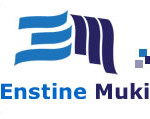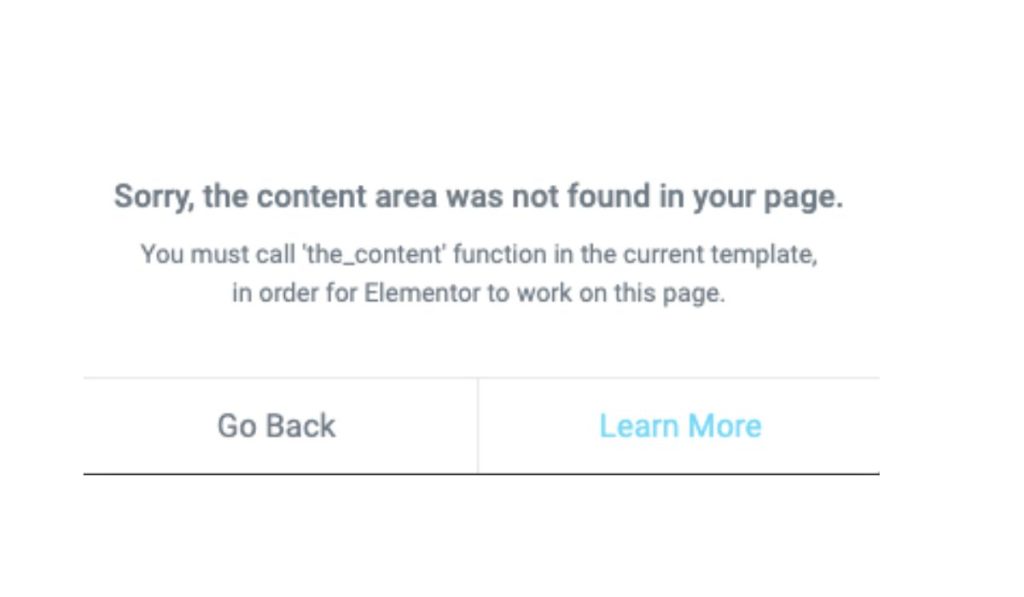You’re building a gorgeous page with Elementor in WordPress, everything looks perfect… then BAM! You hit save and get the dreaded “500 Internal Server Error.” It’s frustrating, confusing, and honestly—enough to make anyone scream into their coffee. But fear not! We’re going to break it down step-by-step so you can fix it, stay sane, and keep designing like a pro.
TLDR:
The 500 error usually means something’s wrong on the server—often due to memory limits, plugin conflicts, or bad configurations. Start by increasing the memory limit, checking error logs, and deactivating conflicting plugins. Elementor and WordPress are sensitive to server setups, so your host plays a big role too. Follow the steps below and you’ll be back to saving without errors in no time.
💡 What is the 500 Internal Server Error?
This generic error message means the server can’t process the request. It doesn’t tell you the real problem, which is why it’s a bit like a doctor saying, “Something’s wrong, but I won’t tell you what.”
In the context of Elementor and WordPress, it often pops up when:
- Your site runs out of memory.
- A plugin, like Elementor or another, crashes behind the scenes.
- Your server settings are too tight.
- Your .htaccess file is corrupted.
Let’s start fixing this step by step.
1. 🔍 Enable Debugging for Clues
First, let’s get some clues. You can enable WordPress debugging easily:
- Open your site’s wp-config.php file via FTP or your host’s file manager.
- Look for the line that says:
define( 'WP_DEBUG', false ); - Change it to:
define( 'WP_DEBUG', true );
define( 'WP_DEBUG_LOG', true );
define( 'WP_DEBUG_DISPLAY', false );
This will log all errors to a file called debug.log located in wp-content.
Try to save something in Elementor again so the error is logged. Then check the debug.log file for hints.
2. 💾 Increase PHP Memory Limit
Saving in Elementor can be memory-hungry. If you’re working with beautiful, dynamic content, chances are your site needs more oomph to process it.
Here’s how to increase your memory:
- Edit your wp-config.php file.
- Add this line before the “That’s all, stop editing!” comment:
define( 'WP_MEMORY_LIMIT', '256M' );
This boosts the memory available to WordPress, helping Elementor complete its save operation successfully.
3. 🔌 Deactivate Plugins One-by-One
Plugin conflicts are sneaky. Even plugins that seem unrelated to design can cause Elementor to trip. Here’s how to test:
- Go to the WordPress Dashboard.
- Navigate to Plugins > Installed Plugins.
- Deactivate all plugins except Elementor and Elementor Pro.
- Try to save in Elementor again.
If it works, reactivate the other plugins one-by-one and test after each to find the culprit.
4. 📝 Rebuild the .htaccess File
If your .htaccess file is corrupted, it can prevent requests from going through. It’s like a badly written map — your server gets lost!
To fix it:
- Access your website files via FTP or file manager.
- Locate the .htaccess file in your root directory.
- Rename it to something like .htaccess-old to keep it as backup.
- Go to your WP Admin > Settings > Permalinks, then click Save Changes. This creates a fresh .htaccess file automatically.
Now try to save the page again with Elementor.
5. 📦 Check Server Configuration
Elementor needs a certain PHP setup to work smoothly. Make sure your host meets these requirements:
- PHP version: 7.4 or higher (8.x recommended)
- Memory limit: At least 256M
- Max execution time: 300
- Max input vars: 3000
You can sometimes adjust these settings in your php.ini or .htaccess file, or from your hosting control panel.
If that’s too techy, ask your hosting provider to make these changes for you. Just send them the list—they’ll know what to do.
6. 🧪 Roll Back Elementor Version
Sometimes the latest version of Elementor isn’t playing nice—especially just after a big update. If the 500 error showed up after upgrading Elementor, try rolling back to a previous version.
- Go to Elementor > Tools > Version Control
- Choose a previous stable version (like the version you had before the error)
- Click Reinstall
This won’t affect your content. It just replaces the plugin files with the older ones.
7. 🌐 Talk to Your Hosting Provider
If all else fails, your host might be the problem. Shared hosting can limit resources and bug out under pressure (especially if you’re using Elementor + WooCommerce + other power-hungry plugins).
Let your host know about the 500 error when saving with Elementor. Ask if they can check their server logs. A good provider will help you diagnose and solve it fast.
8. ✨ Bonus Tips to Keep Elementor Happy
Once things are running smoothly again, keep them that way:
- Update regularly—Elementor, WordPress, all plugins.
- Use a trusted host—not all hosts treat Elementor equally.
- Avoid plugin overload—quality over quantity.
- Take regular backups—errors hurt less when you can undo them.
🎉 You Did It!
Fixing a 500 error in Elementor may seem scary at first, but it’s usually one of a few common issues. With a little detective work, some plugin magic, and a dash of patience, you can get back to creating stunning websites without interruption.
So go forth, fix that error, save your content—and build the dream site your visitors will love!

